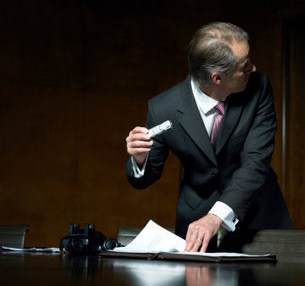If you’ve been a cubicle-dweller any length of time, chances are you’ve experienced an office culture that stinks: Unhappy workers, cheerless managers, and a generally dismal vibe. And what is toxic for the office is toxic for you if you work in the environment.
Kevin Kuske, Chief Anthropologist and General Manager for office furniture company turnstone, tours the country studying small businesses that boast highly productive, well functioning workspaces. They’re inspiring, he says, “but the minute you leave them you start to see the inverse in others. Unfortunately, you don’t have to look too hard to find a bad work culture.”
Turnstone helps well-intentioned business leaders who’ve inadvertently established dysfunctional workplaces to transform their office environments. Based on his experience, Kuske says, “Culture is something you shape, not change. You can coax it, you can enable it. But you can’t flip a switch.”
If you’re a worker in a bad office culture, the good news is “managers don’t control the office culture,” Kuske says. Sure, they can influence it. But he believes an office culture is “owned by the people.”
Read full article on Scoop.it – Leadership Practices
Lorna Weston-Smyth‘s insight:
Company culture is more than office layout and design. It is set from the top down. Culture is found in the behaviour, symbols and systems that are outward displays of what is truely valued. If the picture doesn’t match the words it is the actions that reveal what the true culture is. If a company says that it values it’s people but spends more money on getting the office cleaned than on training and development of it’s people then what is valued is image and things not people.

